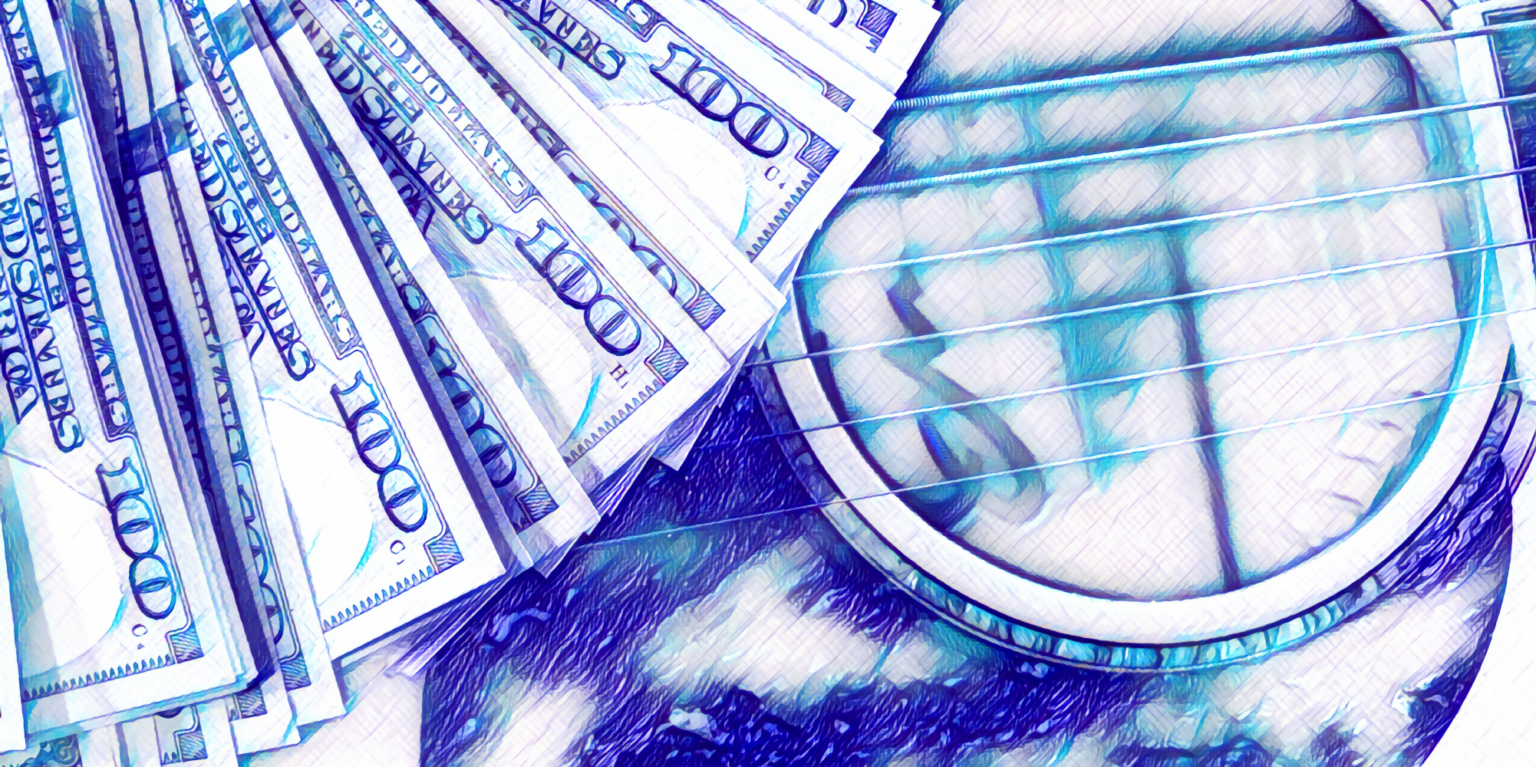
What is a guitar?
A stupid question, I know. Something a sub-adult stoner would ask, staring down the sound hole and succumbing to the existential succor of substance. But the question is actually more about economics than philosophy. Many smart, educated, cold-sober adults have been seriously pondering of late, what is a guitar?
Is it a utilitarian tool for music making, no different than a carpenter’s hammer? Is it the conduit for a player’s sonic sensibility—a muse from which she can coax her truest representation of self? Is it a piece of visual art, emblematic of a time period, a cultural movement, a paradigm shift in American and world history—something meant to be hung up and admired but never touched?
Or, is it an asset? Are guitars just fluctuating commodities—sexier versions of municipal bonds, real estate holdings, or Game Stop stocks? Are they becoming yet another means of generating and acquiring wealth?
The idea of guitars as investments has influenced the vintage guitar market for years. Certain instruments, like a 1960 Les Paul Burst or a pre-war Martin, for example, are worth hundreds of thousands of dollars. Had you bought one of these rare models long ago and meticulously preserved it rather than making music with it, you’d have earned yourself a tidy sum. Not retire-to-Ibiza-and-spend-your-life-staring-down-a-sound-hole rich, but a decent chunk of change.
Recently, conversations about guitars as investments have ramped up, in part because the value of just about all guitars has risen dramatically. An article in the Wall Street Journal claims that over the past year and a half, the price of select models has increased by nearly 30%. According to the online music marketplace Reverb, whose sales grew 50% from 2020-2021, a pre-1985 Les Paul Custom Silverburst that was worth just north of $3,000 in 2017 could now sell for close to $5,000.
Earlier this fall, Gibson announced that it would partner with the online collectibles dealer Rally to sell shares of a select few of its most expensive prototype guitars. The guitars, which are limited to a few hundred of each model and retail between $65,000 and $95,000, are now being sold in shares as low as five bucks each. Thousands of individuals can purchase a small stake in these instruments, but those owners will never actually hold, let alone play, the instruments. The guitars will be kept at the Gibson Garage in Nashville. These instruments, theoretically worth so much money because of the music potential they hold, will never play a note.
It’s official. We’ve upended the idea of a guitar as a physical object of ownership and brought musical instruments into the vast and chaotic realm of the virtual share marketplace.
Chris McKee and Cooper Greenberg discussed the tension that this share selling scheme has created among the guitar community in a video posted to Alamo Music Center’s Youtube channel. As working, gigging musicians, they found the idea of buying part of a guitar they would never play perplexing. Greenberg said, “I don’t think my share will help me at the gig tonight.”
McKee responded, “As musicians, we think this is stupid, because you and I buy a guitar to play the guitar, because we can. But arguably, there are people buying guitars not for that purpose. They buy them because they see them as artistic objects. I struggle with that a bit, because I think a guitar is made to be played.”
Recently, our friends at Premier Guitar published an article that questions the move toward treating guitars as commodities, “The price of a vintage or boutique instrument is not tied to the playing pleasure it can bring.”
That author, Jol Dantzig, compares the vintage guitar market to a critique on art commercialization by avant garde artist Piero Manzoni. In 1961, Manzoni filled 90 cans with 30 grams of his own, uh, excrement, sealed them, labeled them, and sold them for $34 each—the exact price 30 grams of gold would then have fetched at market. Though one might argue that Manzoni’s piece lacked subtlety, his statement remains powerful—art is meant to be experienced, enjoyed, and appreciated, not traded and hoarded like something as crude and utilitarian as bonds or precious metals.
Dantzig feels the same about guitars, and frankly, we agree with him. The value of gold is a matter of faith. We believe that it’s precious, valuable, and rare, so we ascribe this relatively soft and mostly useless mineral a high worth. Guitars, on the other hand, have historically derived value from their utility, how they play, how they sound, and how they look.
Why has the idea of guitars as investments become alluring? Many of us love guitars beyond any measure of their utility. We love them wholly and sometimes irrationally because of the way they make us feel. So, the idea of them as valuable, meaningfully valuable—validated by the commodities market—calls to us, because it makes our love of these objects seem just a little less crazy.
That said, personal aesthetics don’t usually make for sound, long-term investment strategies, and we are not planning to turn Breedlove Guitars into a hedge fund anytime soon. We tend to agree with Chris McKee, “My piece of advice to anybody out there who’s trying to make guitars that will appreciate over time: Make super good guitars, have great quality control, and make them sound great and last forever, so that you can pass them on to people in the future, and you’ve got your next pre-war Martin on your hands.”
That’s exactly what we do every day.
